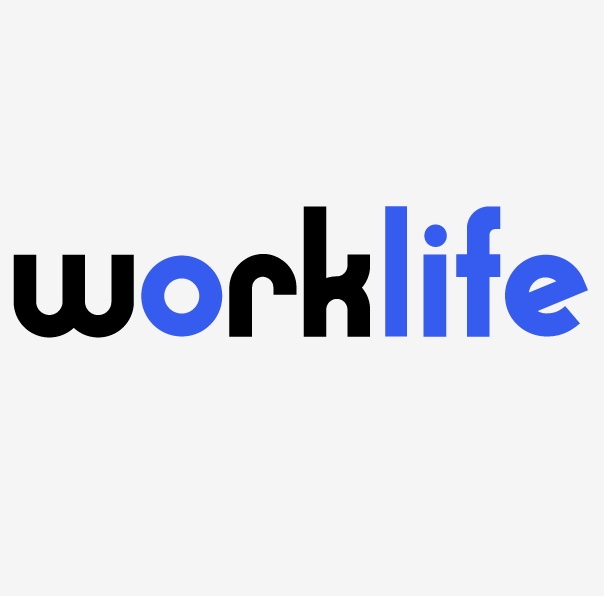
By Mark F. Kluger and William H. Healey
Well it’s official—the first federal court to consider whether employers can require employees to be vaccinated as a condition of continued employment has ruled: employers can enforce a get-jabbed-or-don’t-let-the-door-hit-you-in-your-unvaccinated-posterior-on-your-way-out policy. So if you are considering it, you’ve got a clear shot. The Texas federal court upheld the Houston hospital system’s employer mandate which had been challenged by unvaccinated employees. As we previously told you, the employees argued that because the FDA has given the vaccines only Emergency Use Authorization, public policy and the Nuremburg Code prohibited medical experimentation on humans.
Now, while we strive to maintain our humility, we’re just not that good at it. So here’s what we wrote last month: Although we’re not experts… it’s our guess that the vax being a job requirement is not forced experimentation, it’s just a condition of employment at that one hospital. There are lots of other hospitals that will no doubt allow the…employees to work without the shot. And here’s what the court wrote: This is not coercion…. [Plaintiffs] can freely choose to accept or refuse a COVID-19 vaccine; however, if [they] refuse, [they] will simply need to work somewhere else. Maybe we are experts after all! The court also said that an employer mandate is actually consistent with public policy and referred to the EEOC’s May guidance supporting the legality of employers required vaxing. Although the ruling will likely end up before the Supremes, for now, employers are free to require vaccination and that probably won’t change. Since the ruling, at least 153 of the unvaccinated Houston hospital workers have either been terminated or resigned. BTW, the judge was not too pleased with the employees’ use of the Nuremburg Code in their legal argument, writing: Equating the injection requirement to medical experimentation in concentration camps is reprehensible. Nazi doctors conducted medical experiments on victims that caused pain, mutilation, permanent disability, and in many cases death.
While we’re not willing to break our hot streak by predicting an increase in employer mandates, the U.S. Census Bureau reported that in June, 4.4% of U.S. employers require their employees to be vaccinated, up from 2.5% in mid-April. At the same time, employers mandating COVID testing has dropped from 7.5% in April to 5.3% in June. Interestingly, the COVID tests also still only have FDA EUA status, and yet there have been no lawsuits over their use. Although we understand that a stick up your nose and a needle in your arm are different experiences, the EUA concept is the same for both.
Right now, about 47% of Americans between 12 and 114 years old are fully vaxed. Many employers and some states are offering incentives to boost their numbers. Our favorite is West Virginia, where between June and August, those who get vaxed can win a pick- up truck, guns or cash, leading the Mayor of a certain city near us to say, that won’t work here cause our people already have guns and can steal as many trucks as they want.
Speaking of that side of the Hudson, remember that sandwich law we recently made such a fuss about? Well, they’ve already amended that sucker. The law, signed on May 5, originally required NYSDOL to issue industry specific disease prevention safety standards by June 4. The amendment extends the DOL’s deadline to July 5 and gives employers 30 days after that to adopt the state model or create their own compliant protocols and 60 days to share them with their employees. Excuse us though, but can we please have an extra day to comply because guess who was closed on July 5th? EVERYONE, including the NYSDOL, and nobody bothered to hit “post” before they turned out the lights on July 2! But right before our publication of this page turner, NYSDOL posted the industry specific Model Airborne Infectious Disease Exposure Prevention Plan. Check them out here.
The amendments also mercifully revise the role of the mandated workplace safety committees, including limiting the amount of paid time off members will have for their meetings and trainings. All employers with 10 or more employees must allow those committees to form starting November 1. The civil litigation provisions have also been relaxed a bit with fewer opportunities for injunctions and a mandatory 30-day notice and opportunity to cure before an employee can sue. There is also no right to sue if the employer corrects the problem or the employee knew of the problem for at least 6 months without acting. Despite that good news, the HERO Act is still alive and once we get our hands on these standards, the clock is ticking to get a plan in place.
Remember those quiet guys over at OSHA that we have not heard much from for like ever? Well on June 10, they finally showed up and had a lot to say. The agency responsible for worker safety issued its first Emergency Temporary Standard which temporarily establishes safety standards for health care workers for the Pandemic. Can you believe this? Hello OSHA: do you even understand the concept of an emergency? In March 2020, health care workers start treating mass numbers of highly infectious COVID patients throughout the US. Fourteen months later, the worker safety police show up to the emergency. Good thing nobody was waiting around for their help.
At the same time, OSHA also updated its January 2021 suggestions for non-healthcare employers to implement. Here are some of the gems:
- Instruct unvaccinated workers who had close contact with someone who tested positive to stay home;
- Implement social distancing rules for unvaccinated employees or those with underlying conditions;
- Continue to provide masks to both of those vulnerable groups;
- Train employees in COVID safety procedures and requirements;
- Establish an anonymous complaint process for employees concerned about safety;
- Maintain strict cleaning protocols.
The guidance also suggests that employees that use public transportation continue to wear face coverings and physically distance regardless of vaccination status. OSHA has apparently never been on a NYC subway during rush hour. Physical distancing? Not so much.
Finally, we want you to know that nobody will be happier than us to stop droning on about COVID related topics. We’ve been dying to talk about some good old-fashioned sexual harassment and other pre-COVID merriment. But not for nothin, just when we thought we were out, they pull us back in. Maybe this time. So stay tuned for our next scintillating piece on the likely unknown requirements for employing a remote workforce in states other than where your primary office(s) is located. You may be surprised to find out what you didn’t know that you need to do. And we know just the guys to help you do it.









